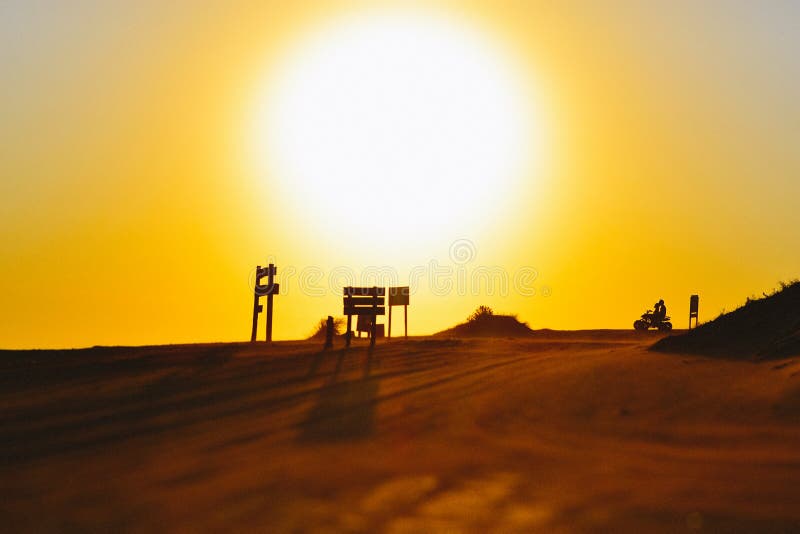
Yes, I know there’s no ceiling outside, but there are plenty of adjacent walls. Bounce it off the ceiling or an adjacent wall. The obvious solution is not to use a flash, but sometimes we need one, so here is an idea: don’t aim the flash at the subject. They tend to squint in anticipation of the flash going off. Third, some subjects aren’t particularly sensitive to the light, but to a flash. Take the time to run through it a few times and not only will you get better shots, but every photographer that ever shoots them in the future will benefit as well. Opening the eyes and looking natural-while knowing the sun is going to get to you-can take a bit of practice. They only have to have their eyes open for a second or so, and if they can look natural it can be the difference between a truly great shot and another one for the garbage. You count to three, and they open their eyes and smile. Have your subject posed the way you want them and then have them close their eyes. This is generally done to capture a smile, but it can also be done to avoid squinting. This should only be used in cases where nothing else is working, as it’s difficult for the subject to pull this off and look natural, but it’s better than squinting.Īs photographers, we’re constantly counting to three and shooting. I don’t know why, but for some reason people with lighter colored eyes-blue eyes, green eyes-seem to be more sensitive to light. They have overly sensitive eyes and will almost always be squinting. Second, for some subjects, it’s almost impossible for them to look toward the sun. So the first step in getting rid of squinting is to shoot closer to sundown. Good news! It is not only prettier to look at, it’s easier to look at, too. The harsh white of midday turns into a nice golden glow. Here are a couple tips to help avoid the problem.įirst, we know that the light from the sun is more beautiful the closer it gets to sundown. But what if we want a more conventional lighting pattern and want to shoot with the light coming from the front or coming from the side?


With the light coming from the rear, the face is in shadow, and with no direct light, there’s no need for the model to squint.
#Staring at the sun photography software
Often, two images do not contain any specific features for the software to create alignment points and fail at creating stitched images without some type of distortion or misalignment.“nana’s eyes closed again – close up” via jenny cu While there are many software options to make this process faster or automated, images such as these do not always line up correctly. Next is the long task of aligning each image. Astronomy cameras have these pre-processing steps removed to allow the user more control over the image at the cost of time spent processing. This is much like the pre-programmed settings found in almost all DSLR and mirrorless cameras. Using a specific technique known as deconvolution, a software called IMPPG allows details to be pulled back in. Once these images have been stacked, a process is then applied which helps sharpen the image. The basic idea is that an image with a lot of noise when combined with other images from the same framing, will result in a better image. This sequence took approximately 25 minutes to complete to ensure that the surface did not change too much when creating the final image.Īstrophotographers often employ a technique during the initial phase to sort out what is signal and what is noise. Since the sun is actually in constant motion, the time taken to capture each panel has to be under a certain time frame.


Since the camera has such a small sensor, a tracking mount was used with the assistance of a controller to pan across the sun, taking captures at various steps. Each panel or image is made up of a high-speed video capture of 1000 frames, which is later stacked together to create a highly detailed image with smoother gradients and less noise.


 0 kommentar(er)
0 kommentar(er)
